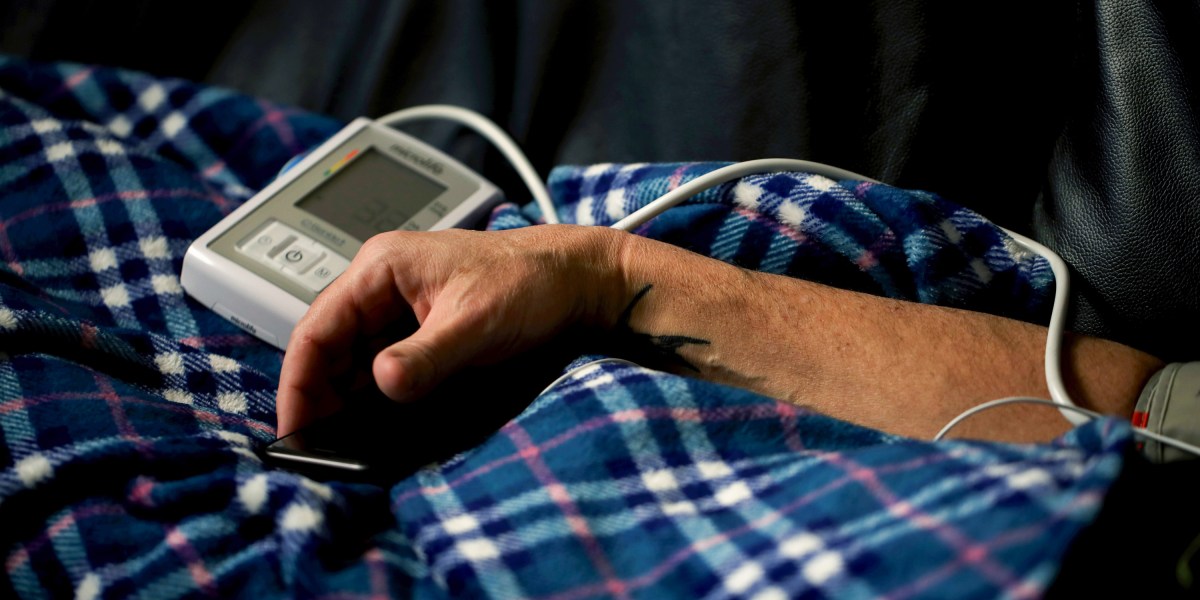
So is at-home ketamine safe? William Dudney, a psychiatrist in Tampa, Florida, has been offering patients ketamine for five years in the form of “troches,” waxy lozenges about the size of a Chiclet. The troche gets tucked between the lip and gum until it melts. His patients do take ketamine at home, but he prescribes troches that contain very low doses—between 35 and 70 milligrams.
Some doctors prescribe much higher doses. On various Reddit threads, patients who make use of online ketamine clinics say they’ve started their treatment with 450 mg doses and ramped up to 900 or even 1,200 mg per session.
“It is way too much, way too fast,” Dudney says. “This 400-to-600-milligram craziness—this is for people who are seeking a hallucinatory experience. Hallucinations and dissociations are considered side effects, and that’s not the purpose. That’s recreational abuse.”
The latest warning from the FDA is actually the second risk alert the agency has issued addressing compounded ketamine. The first came last year and targeted nasal sprays. Heifets says these letters are intended to put pressure on the supply side. “They’re basically raising an alarm,” he says. “If you are supplying ketamine for these off-label practices, be sure you know exactly what you’re doing, because there may be some regulatory action here.” Will it be enough to chill the rampant off-label use of ketamine? Probably not. But there are signs the industry’s meteoric rise may be slowing anyway.
In a previous version of The Checkup, we predicted that the ketamine bubble might be about to burst. The shuttering of some high-profile clinics this year, coupled with increased regulatory attention, suggests maybe it already has.
Another thing
Whether a ketamine “trip” is necessary to experience the antidepressant benefits of the drug is a matter of some debate. And it’s a question Heiferts and his colleagues tried to answer in a unique study that just came out on Thursday.
One of the difficulties in trying to assess the efficacy of ketamine is that blinding is nearly impossible. Patients know whether they got the real thing or a placebo. But this study was designed to offer a clever workaround. The researchers enrolled 40 participants with moderate to severe depression who also happened to be undergoing surgery. They gave half of them ketamine as part of their anesthetic protocol. Because the participants were under anesthesia, they had no way of knowing whether they received ketamine or not.
The study design also gave the scientists a chance to examine whether the experience of ketamine—the trip—is required for the drug to work. Because the patients were under anesthesia, “they’re not having any particular conscious experience,” Heiferts says.